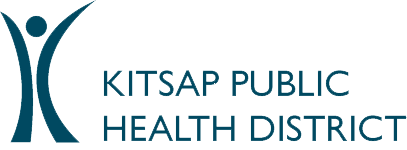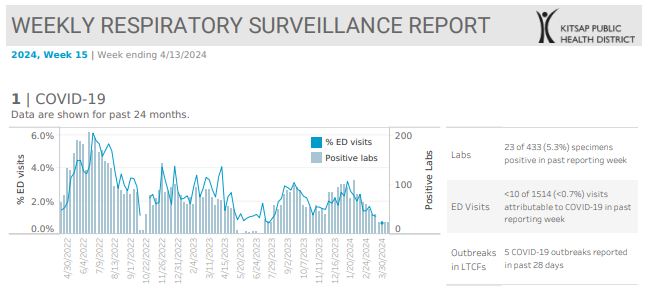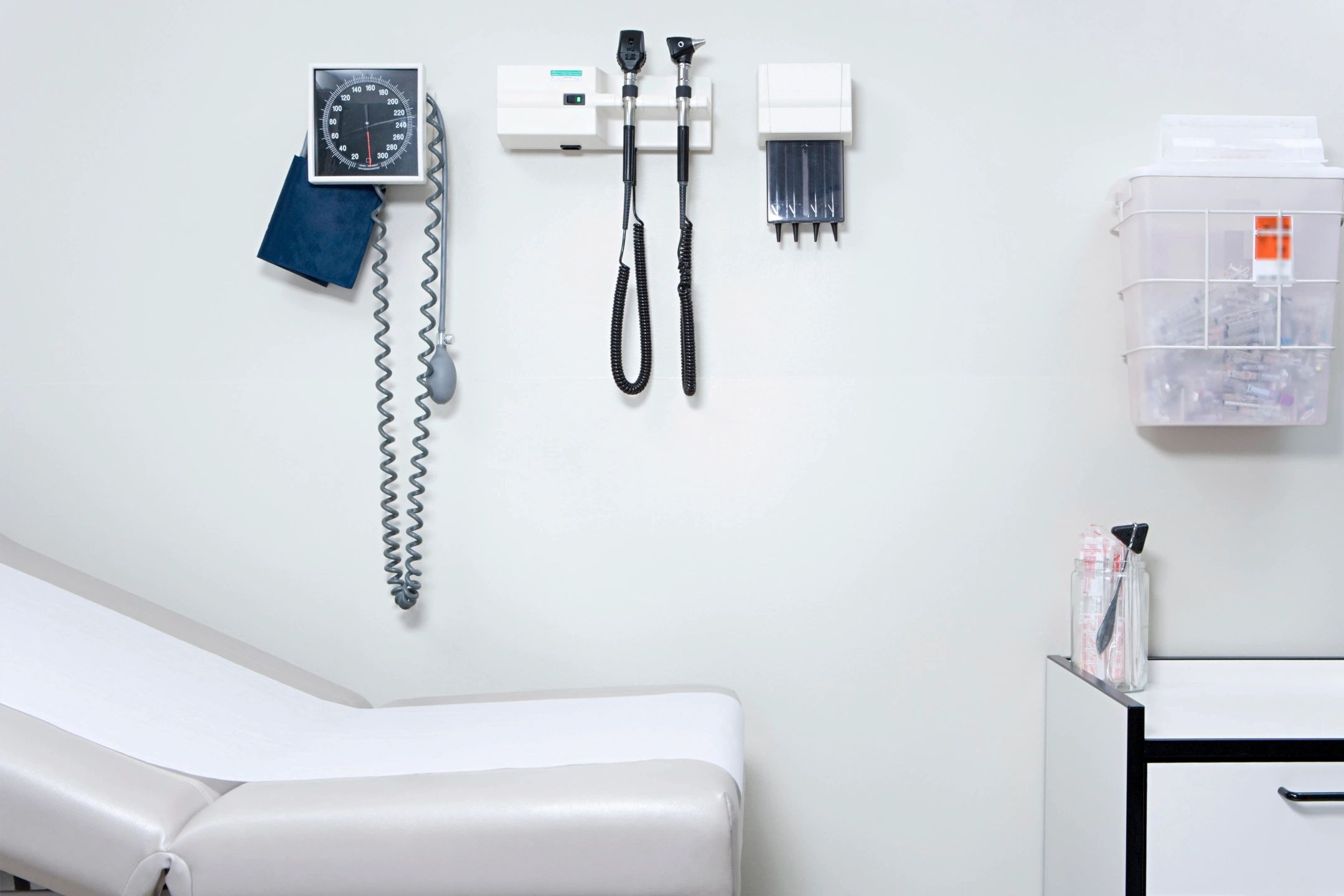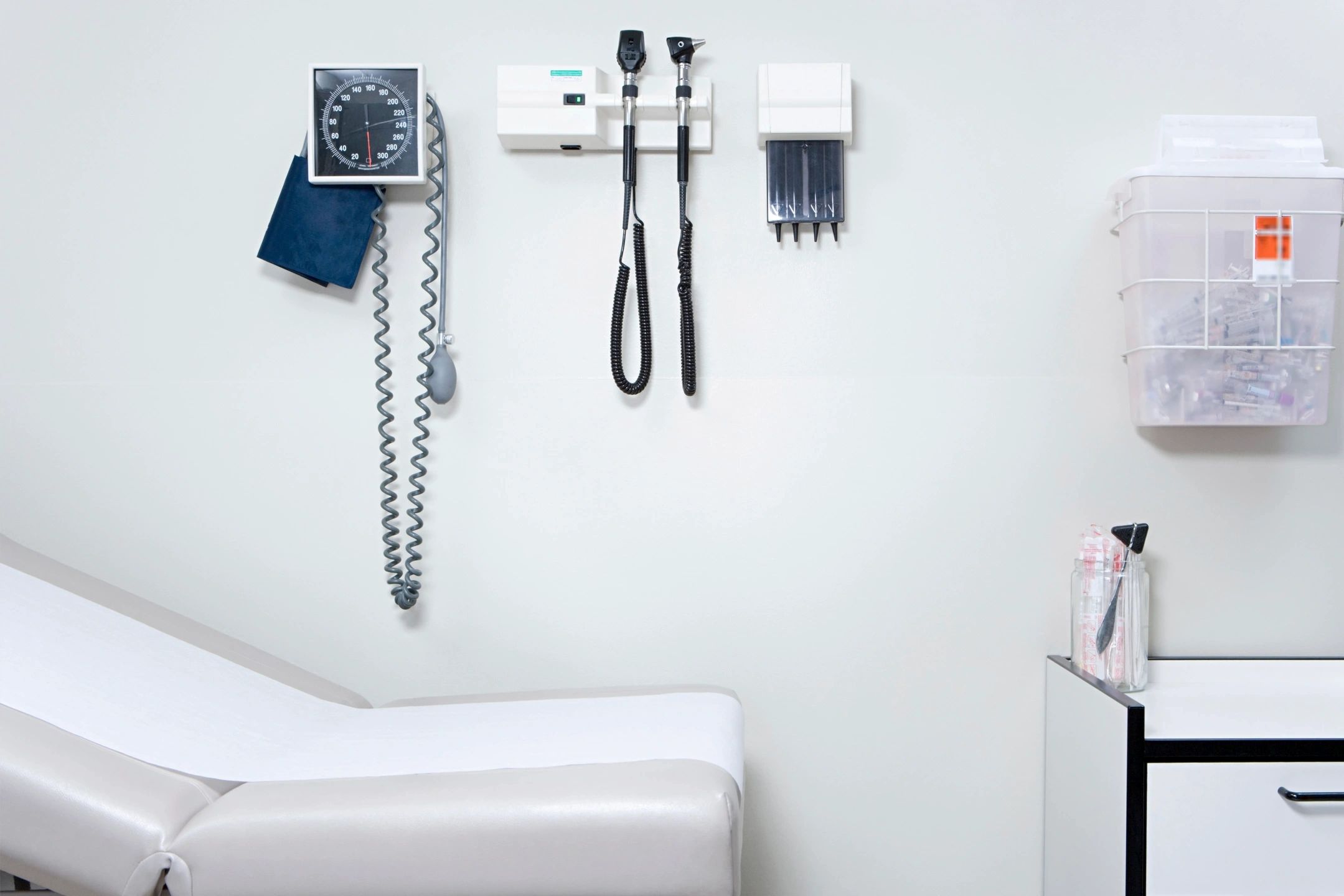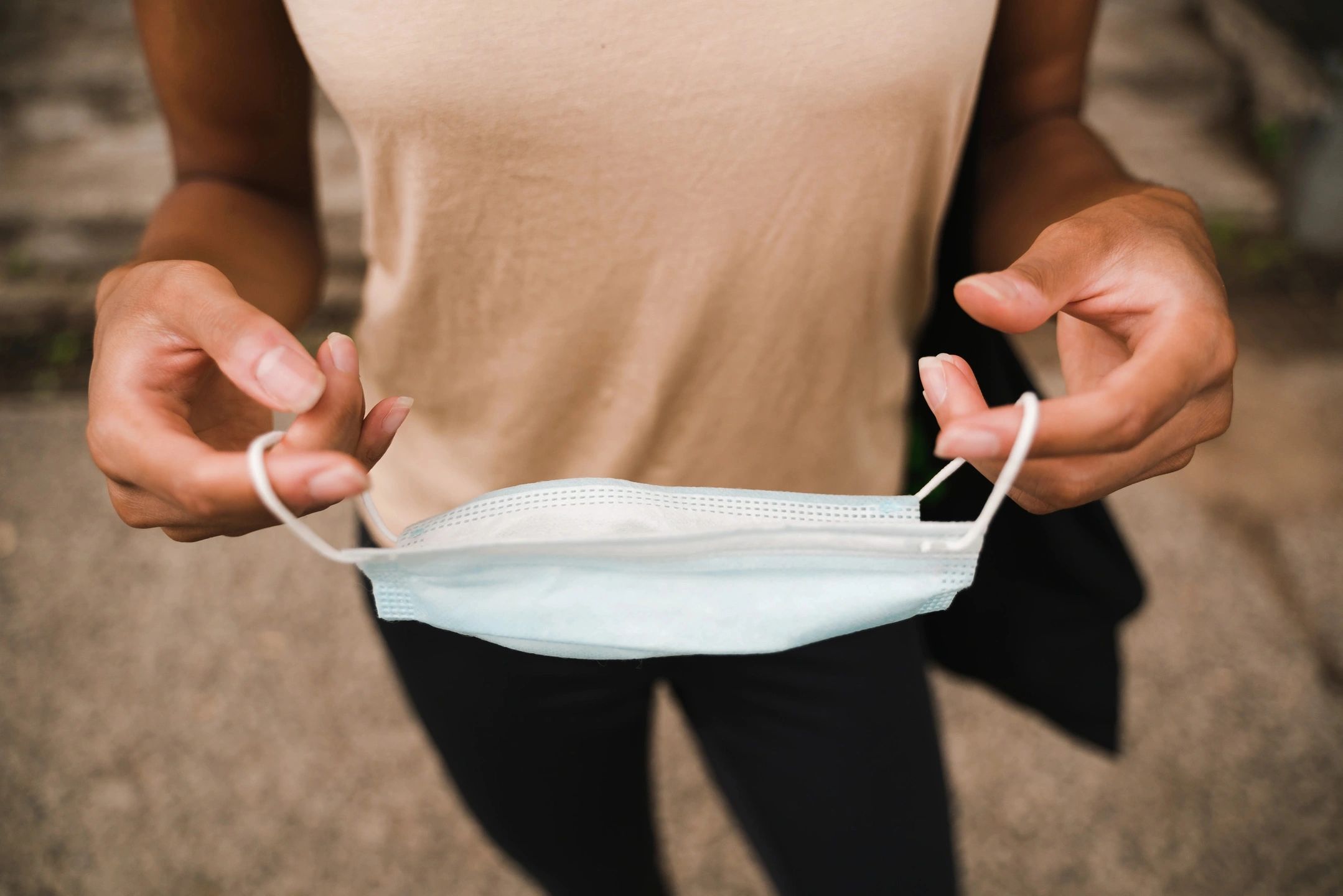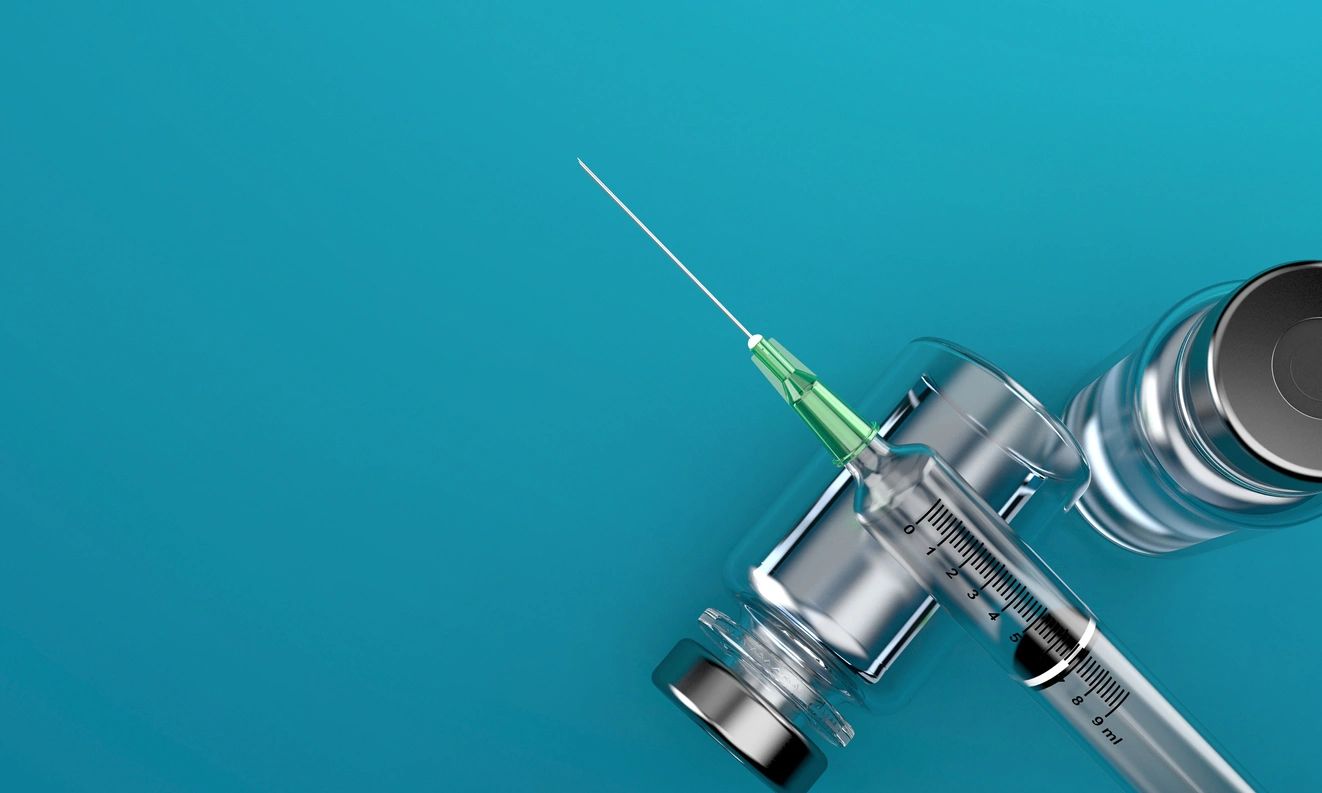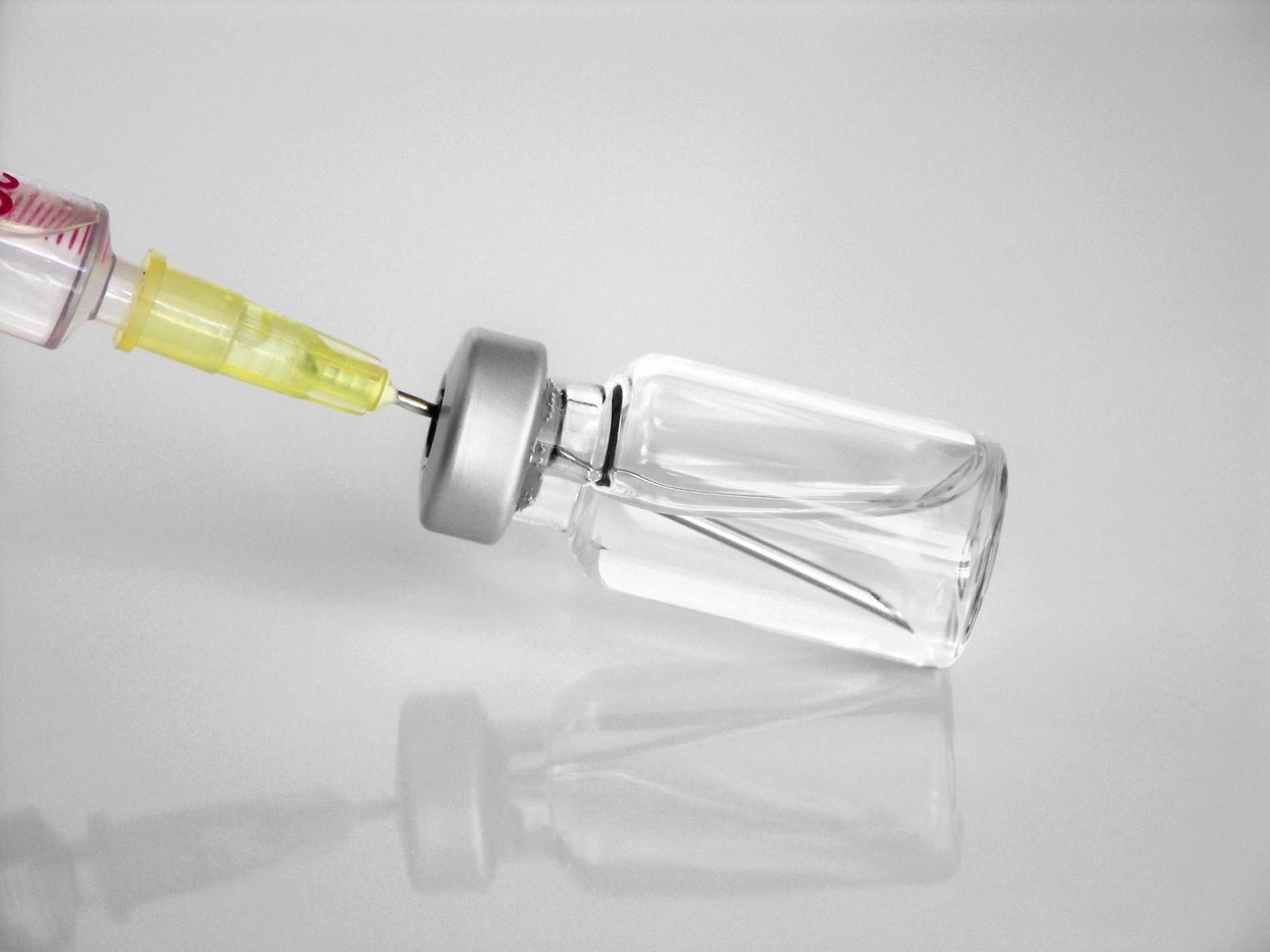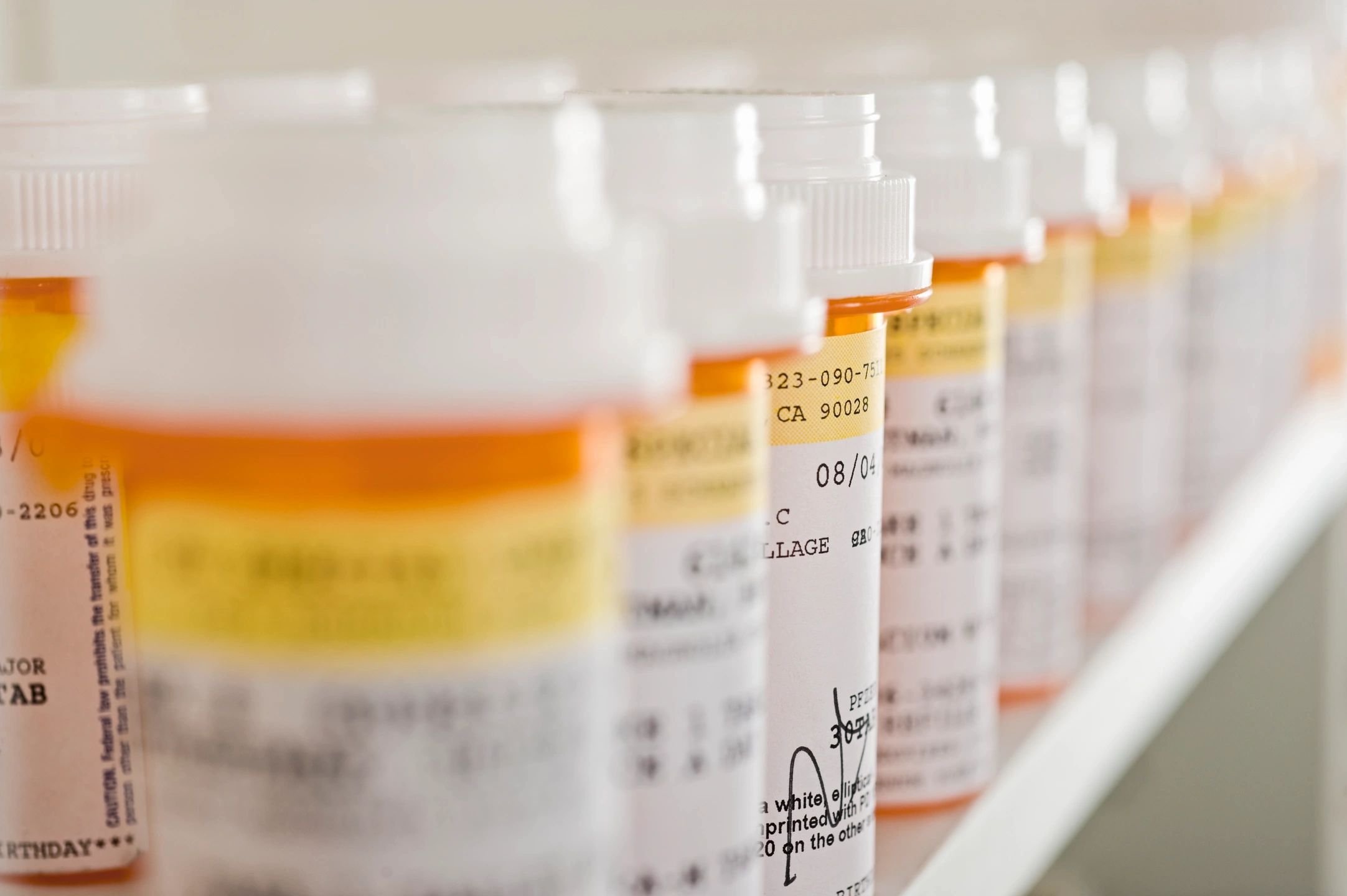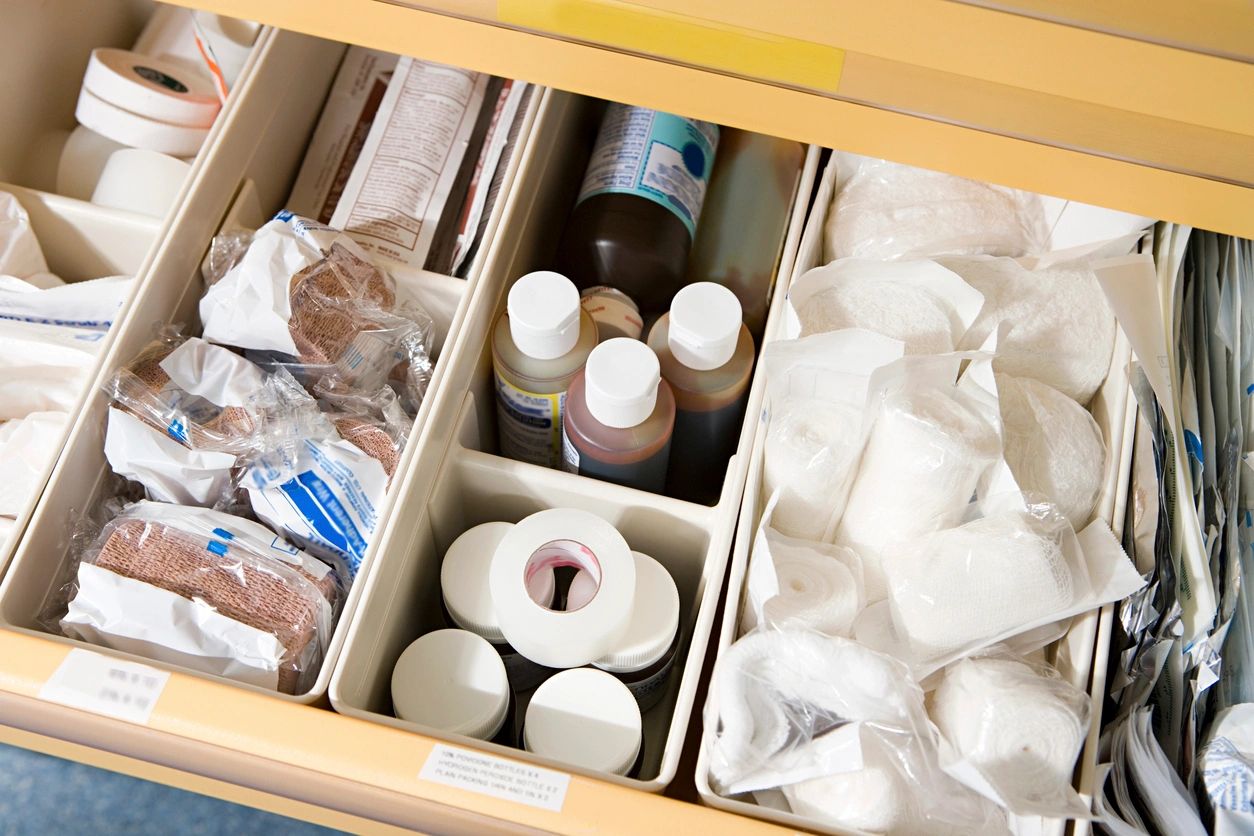-
Kitsap Respiratory Illness Report: April 7-13
Advisory or Update, Communicable Disease and Immunization Update, Communicable Disease Data Report, COVID-19, Health Advisory, Health Alert, Infection Control, Influenza, Influenza Update, News and Alerts, News and Update, Provider Resources, Respiratory Illness Report, Respiratory Illness ReportClick here to access week 15 of the Kitsap Respiratory Illness Report. In the week ending April 13, local indicators for influenza continued to approach baseline levels. Indicators for COVID-19 and respiratory syncytial virus (RSV) remained low. Fewer than 10 emergency department (ED) visits were attributable to any one of the three monitored respiratory viruses (COVID-19,…
-
01/04/22 Health Advisory: CDC updated antiviral guidance
Advisory or Update, COVID-19, Health Advisory, News and Alerts, Notifiable Conditions, Provider ResourcesCOVID-19 Updates for Providers Requested actions Be aware, Centers for Disease Control and Prevention (CDC) updated its COVID-19 monoclonal antibody treatment recommendations. Sotrovimab monoclonal antibody formulation retains significant efficacy against Omicron, the dominant circulating variant. Other monoclonal antibody formulations under emergency use authorization (EUA)—bamlanivimab and etesevimab and casirivimab and imdevimab—lack clinical benefit against Omicron and…
-
Kitsap Respiratory Illness Report December 19 – December 25, 2021
Click here to access the latest Kitsap Respiratory Illness Report: 12.19.21 – 12.25.21.
-
Health Advisory: COVID-19 Updates for Providers – New I&Q Guidance, FDA grants EUA to Molnupiravir
COVID-19, Emerging Diseases and Conditions, Health Advisory, Health Alert, Infection Control, News and AlertsActions Requested Be aware, Centers for Disease Control and Prevention (CDC) issued new isolation and quarantine (I&Q) guidance for healthcare workers (HCWs). The guidance is complex and varies based on vaccination status, level of exposure and level of crisis in the community. Carefully review the new guidance for details. Following exposure, CDC recommends: Boosted HCWs…
-
Health Advisory: Paxlovid Granted EUA and Testing Before Gathering
Advisory or Update, Communicable Disease and Immunization Update, COVID-19, Emerging Diseases and Conditions, Health Advisory, Health Alert, Immunization, Immunizations, Infection Control, News and Alerts, News and Update, Notifiable Conditions, Novel Coronavirus, Prevention, Provider Resources, Schools, Travel, VaccineActions Requested Be aware, Food and Drug Administration (FDA) granted emergency use authorization (EUA) to the first oral antiviral treatment for COVID-19, Pfizer’s Paxlovid. The EUA comes after research showed Paxlovid was nearly 90% effective at preventing hospitalization and death in people 12 years or older at high risk of severe outcomes within 5 days…
-
Health Advisory: Updated J&J Vaccine Recommendations
Requested actions Be aware, on December 16, Centers for Disease Control and Prevention (CDC) recommended mRNA COVID-19 vaccines (Pfizer or Moderna) over Johnson & Johnson (J&J) COVID-19 vaccine for all people 18 years or older. The recommendation is based on the increased risk of thrombosis with thrombocytopenia syndrome (TTS) after getting J&J COVID-19 vaccine. Be…
-
Kitsap Respiratory Illness Report December 5 – December 11, 2021
Click here to access the latest Kitsap Respiratory Illness Report: 12.5.21 – 12.11.21.
-
Health Advisory: COVID-19 UPDATES – BOOSTERS, EVUSHELD, and OMICRON VARIANT
Advisory or Update, COVID-19, Health Advisory, Health Alert, News and Alerts, News and Update, VaccineActions Requested Be aware, Centers for Disease Control and Prevention (CDC) and Western States Scientific Safety Review Workgroup recommend everyone 16 years or older get a COVID-19 vaccine booster dose at the recommended interval. This recommendation comes after Food and Drug Administration (FDA) expanded its emergency use authorization (EUA) for Pfizer-BioNTech COVID-19 vaccine booster doses…
-
Health Advisory: COVID-19 Updates – Omicron Variant, Multisystem Inflammatory Syndrome, and Vaccination
Advisory or Update, Communicable Disease and Immunization Update, COVID-19, Health Advisory, Immunizations, News and Alerts, News and Update, Provider Resources, Schools, VaccineRequested actions Be aware of quickly evolving information about the new SARS-CoV-2 variant, Omicron. CDC Health Alert Network (HAN) Advisory SARS-CoV-2 Variant of Concern Identified: Omicron (B.1.1.529) Variant, 11pm on December 1, 2021 CDC Science Brief: Omicron (B1.1.529) Variant, last updated December 2, 2021 GISAID international variant tracking data and maps Consider Omicron as part of your…
-
Health Advisory: Opportunity to Participate in a Medication for Opioid Use Disorder (MOUD) Learning Collaborative
Actions Requested: Consider participating in a Medication for Opioid Use Disorder (MOUD) in Primary Care Learning Collaborative. The learning collaborative will address both best clinical practices and developing clinical systems to support an MOUD program in a primary care clinic setting. The opportunity is open to healthcare organizations who want to begin offering MOUD treatment…
-
Kitsap Respiratory Illness Report November 7 – November 13, 2021
Click here to access the latest Kitsap Respiratory Illness Report: 11.7.21 – 11.13.21.
-
Health Advisory: Updated Guidance for Prioritizing Anti-SARS-CoV-2 Monoclonal Antibodies
COVID-19, Emerging Diseases and Conditions, Health Advisory, Infection Control, News and Alerts, Provider ResourcesActions Requested Be aware, Washington State Department of Health (DOH) issued updated interim guidance for prioritizing anti-SARS-CoV-2 monoclonal antibodies (mAbs) on November 3, 2021. This guidance supersedes the guidance issued on September 24, 2021. DOH’s guidance is not proscriptive. When prioritizing mAbs, use clinical decision-making and consider equitable allocation. Be aware of key updates: Consider using as post-exposure…
-
Kitsap Respiratory Illness Report October 31 – November 6, 2021
Click here to access the latest Kitsap Respiratory Illness Report: 10.31.21 – 11.6.21.
